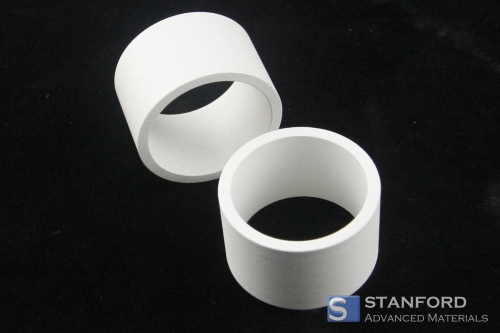How Much Gold Can an iPhone Refine?
In 1973, the mobile phone's inventor, Martin Cooper, took the first wireless phone and made a phone call in the streets of New York. Cell phones were born then, and this is one of the great inventions of man.
After more than 40 years of development, the device has evolved from the size of two bricks to the one-handed grip it is today. Although the phone's appearance is small and simple, it still has a complex inner core inside. Everything in the world is made up of chemical elements, and the cell phone is no exception, so what metal elements are there in the phone?

Tin and lead
Tin and lead are the two largest metals on the motherboard. Tin-lead alloy has always been the highest quality and cheapest welding material, whether the welding quality or the reliability after welding can meet the requirements. So each chip and PCB board is soldered through tin and lead. But lead mixtures can cause damage to the human body and the environment, so we now advocate the lead-free soldering of tin which is a mixture of copper and silver.
Silicon
Silicon is used to make chips for cell phone processors, each of which is cut from the entire silicon wafers. The processing technology of silicon wafers is very complicated, it needs to be cleaned, oxidized, heat-treated, ion implantation, and so on. The processing of many processes will result in the difference of the chip, which is why the same processor frequency is different.
Tungsten
Tungsten is the material used by the mobile vibrator. Tungsten has a significant advantage in density, hardness, and wear resistance, which has been chosen by the vibrator because the vibration is in high-speed rotation. In addition, nickel is used to make the microphone of mobile phones; praseodymium, gadolinium, and neodymium are used in microphones and loudspeakers; copper is the main raw material for mobile phone lines; tantalum is the main component of microcapacitance.
And after that, where is the gold? In fact, a lot of components of mobile phone motherboards contain gold. The mainboard lines, chips, IDE interfaces, PCI Express slots, other interfaces, processor sockets, and so on are often covered in gold layers of a few microns thick. Besides that, the SIM card we use also contains gold.
Now that the cell phone contains gold, is it possible that the old phone can be exchanged for value by extracting gold? The answer is no. Although many components in mobile phones contain gold, the content is very small indeed. According to the UN's e-waste report, 41 phones contain about 1 gram of gold. The gold value in your mobile phone is not more than $2 according to the current gold price, so it is obviously not the result that you want to exchange the gold for value.









